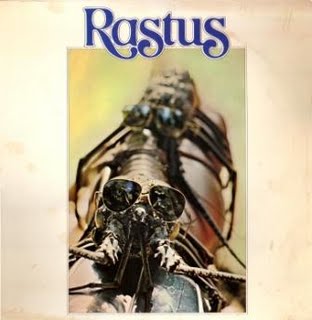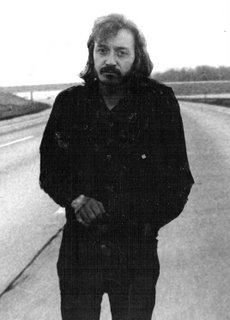Steamin' ! The Second LP !

Rastus had been playing during live performances most of the songs on the Steamin' album long before they recorded the LP at Paragon Studios in Chicago in 1971. While the album was being recorded in Chicago, I was doing another Capitol project in Detroit. Why was I not in Chicago with Rastus? The band had decided they no longer needed my influence and guidance. They wanted to produce themselves. Such is generally the way. No band realizes that it takes a producer (an outside influence) plus the band to make quality product. The band is just too close to the music to see where improvements can be made or new ideas implemented. The producer alone should not be in charge of the overall product as the producer can also be blind to the inherent musicality that only the band can see. It takes two to tango.
To make a long story short....I was cut out of the band a couple of months prior to their recording their second LP. Of course, I was heart-broken. This was a band to which I had given birth, cash and support for two years. Traveled with and shared the ups and downs of the road. Good gigs....bad gigs and many where the money was short. It seemed with Rastus, the money was always short. There were so many players and support staff to feed. Angelo Crimi did an amazing job at taking care of all of us during that time. "Here's your deuce!", a term I'll never forget.
When I was cut out, naturally I was very upset but one must continue with life on life's terms so I immediately went back into the studios and commenced working.
I had been back in Detroit for a couple of months when I received a call from Angelo asking would I please come to Chicago to re-mix the songs they had just recorded. I thought about that for a couple of days and decided to go to Chicago to listen to the product. I would not let anger get the best of me. I still think I made the right decision. Paragon was small but well equipped so I commenced mixing and editing. The basic tracks were recorded well by the engineer from Paragon (Greg Dixon) and I had fun setting up the tunes I had heard so many times on the road. Plus, several of the songs I had written myself or with the help of Bobby Jameson and various members of the band so I knew those cold. I looked at it as protecting myself and the band. By the way....I received no mention in the credits when the album was released but by then, I was ready for anything.
It wasn't until recently that I found that, once again, Rastus music was bought only as a loss; a write-off. How could this be? Why would anyone in their right mind buy this incredible group of talented musicians only to shelve them and deliberately lose money? That's the way business works thanks to the IRS. You've got to lose money in order to keep some of what you made.
The cuts on this LP were paid for in heartache and tears; anger and frustration. Once again, the music says it all. From the astounding "Lucy Bluebird" to the thought-provoking song, "What Will It Take," Rastus took the worst of situations and constructed incredible music. Music that continues to live on in the minds and hearts of the people who saw them live.
If you would like to purchase any of the original mixes from the Steamin' LP, please go to the Rastus sales (Downloads) page. The cuts are being put up as we speak so it may be a couple of days until the page is complete. Thanks for your patience.
Rastus Lives!
John Rhys













